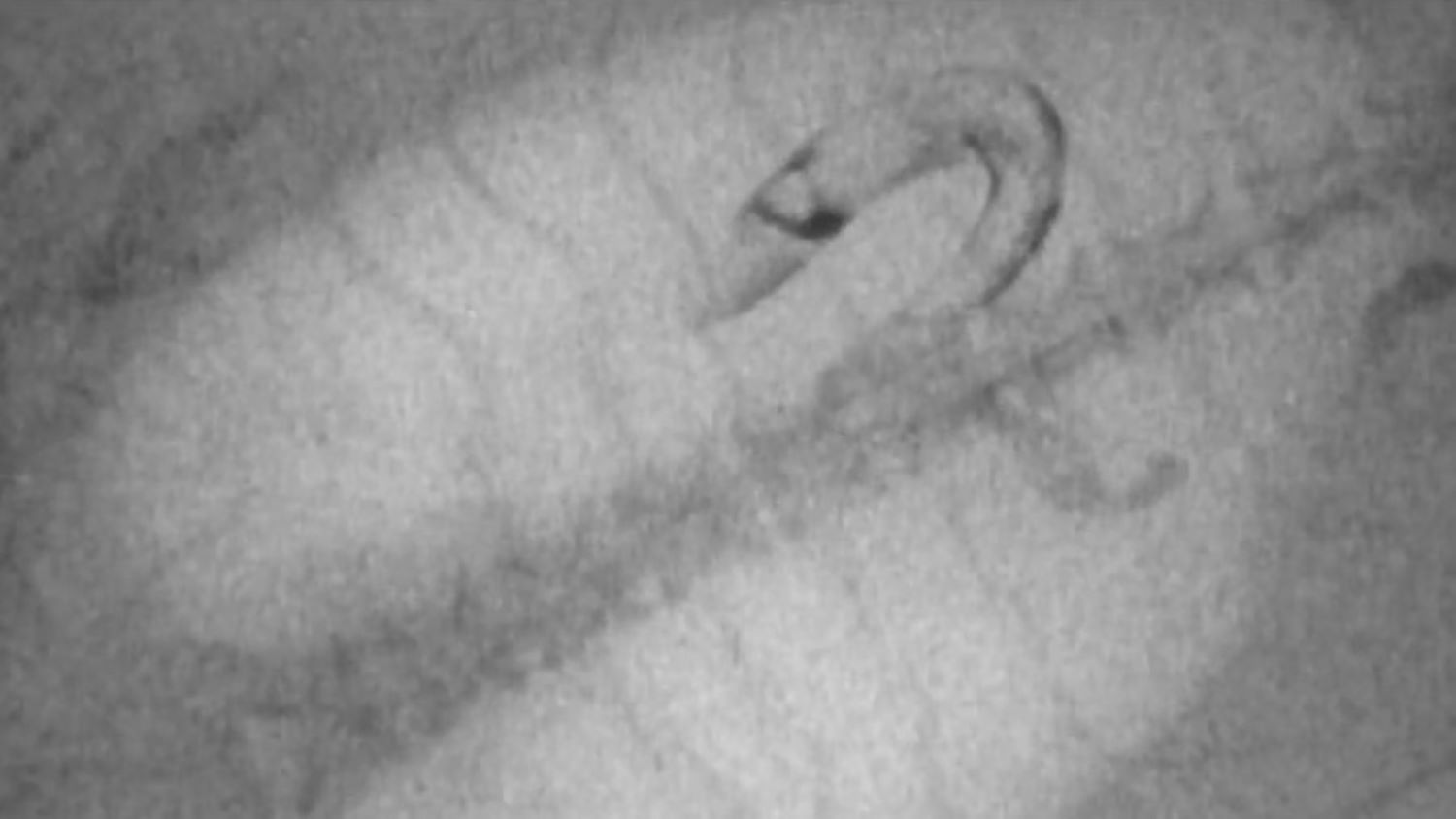
Japanese eels have found an ingenious way to escape a fish's stomach after being swallowed — backing up the digestive tract then squeezing themselves out of the predator's gills.
In a scientific first, researchers in Japan have used X-ray videography to capture the behavior of live prey inside its predator's digestive tract.
The dark sleeper fish (Odontobutis obscura) swallows its prey whole and alive. The team discovered that juvenile Japanese eels (Anguilla japonica) wolfed down by the fish can insert the tip of their tails through the fish's esophagus and gill, then wriggle it out of the gill, pulling themselves backward until they're entirely free. The researchers published their findings Monday (Sept. 9) in the journal Current Biology.
In previous work, the authors had noticed that juvenile eels can escape through their predator's gills — but they didn't know exactly how. "Before the X-ray video experiment, we hypothesized that eels might escape directly from the predator's mouth through the gills," co-author Yuuki Kawabata, an associate professor in the Graduate School of Fisheries and Environmental Sciences at Nagasaki University, told Live Science in an email.
When the scientists saw the tiny eels wriggle toward the gills from the predator's stomach — rather than escaping through its mouth — they were "absolutely astonished," Kawabata said. "We were anticipating more straightforward escape routes, but their ability to navigate back up the digestive tract was truly surprising," he said.
Related: Alien-like photo shows eel dangling out of heron's stomach in midair
It took the team a year to film compelling evidence showing how the eels were pulling off their great escape.
The researchers injected the eels with the contrast agent barium sulfate so they could see it inside the stomach of the dark sleeper fish once it had been eaten. Then, they put an eel in a tank with a fish and recorded the interaction using X-ray video.
Of the 32 eels that were swallowed whole by the fish and reached its stomach, 13 managed to push their tail out of the fish's gill and nine made a successful escape.
Not all the eels used the same tactic to try to find freedom. Eleven individuals that had been swallowed entirely tried swimming in circles along the stomach wall, with the researchers wondering if they were looking for a way out. Five of these managed to get their tail into the fish's gills.
The fish weren't significantly harmed by the eels escaping through their gills. "The eels are small and slippery, and the process did not cause any lasting damage to the predatory fish," Kawabata said. "After each experiment, the fish continued to behave normally."
Even though these observations were made in a controlled lab setting, the researchers suspect that it also happens in the wild. "Given the frequency with which it occurred in our experiments, it is possible that this behavior could be more common in natural environments, especially when eels are faced with similar predatory threats," he said.
Next, the team wants to find out if other eel species escape in the same way. They also want to know why some individuals are better escape artists than others. "One of our main outstanding questions is whether this behavior is unique to Japanese eels," he said. "We are also curious about the specific physiological traits, such as muscle strength and behavior, that make some eels more successful at escaping than others."







